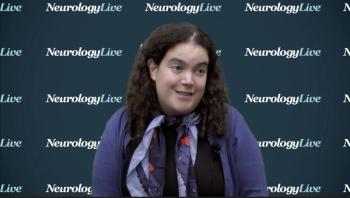
At the 2019 American Academy of Neurology Conference, Mia Minen, MD, MPH took the time to sit down and discuss the behavioral therapies associated with treating migraine.

At the 2019 American Academy of Neurology Conference, Mia Minen, MD, MPH took the time to sit down and discuss the behavioral therapies associated with treating migraine.

At the 2019 American Academy of Neurology Annual Meeting, Mia Minen, MD, MPH, discussed the opportunities that the increasing number of mobile health users presents for migraine treatment.
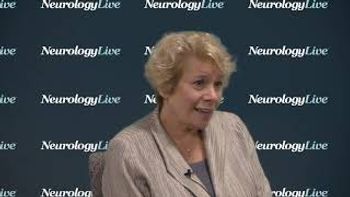
Sperling sat down with NeurologyLive at AAIC 2019 to discuss her thoughts on efforts to detect and treat Alzheimer early on in the disease.
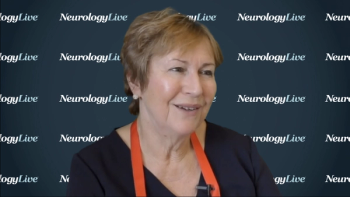
The neurologist at the National MS Center and University Hospital, in Brussels, discussed the clinician mindset when treating women with MS who plan to get pregnant, and how patients using assistive reproductive treatments should be approached.

The drug, the only approved botulinum toxin type B on the market, was recently approved for the treatment of chronic sialorrhea in adults.
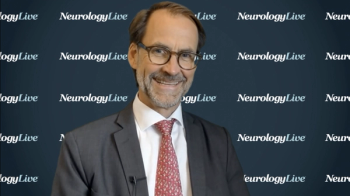
The professor and senior physician in the department of clinical neuroscience at the Karolinska Institutet spoke to the use of stem cell transplantation as a potential method of treating multiple sclerosis.

The clinical development of ND0612 includes 2 doses; a low dose for mid-stage Parkinson patients experiencing loss of motor control on oral therapy, and a high dose for severe disease in which oral drugs are no longer effective.

Acorda Therapeutics’ Inbrija, an inhalation powder formulation of levodopa, was associated with no significant increases in troublesome dyskinesia for patients being treated with carbidopa/levodopa.

Data of amantadine (Gocovri, Adamas) extended-release tablets suggested that the therapy is, in fact, safe and tolerable with a unique pharmacokinetic profile, and results in significant improvements in dyskinesia for patients with Parkinson disease.
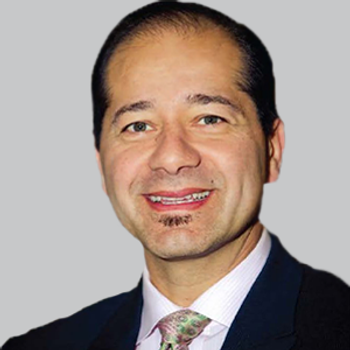
Acadia Pharmaceuticals’ pimavanserin significantly improved Hamilton Depression Rating Scale scores for patients with Parkinson disease with depressive symptoms in an 8-week, open-label study.

Cerevel Therapeutics’ highly selective dopamine D1/D5 agonist showed significant reductions in UPDRS-III scores for those with early-stage Parkinson disease and is planned to enter phase 3 in 2020.
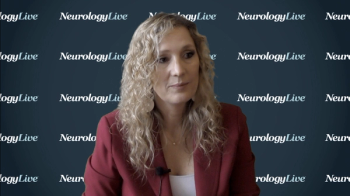
The professor of medicine, neurology, at the University of Toronto shared insight into the importance of communication and a good network of physicians to an adult neurologist caring for patients with epilepsy.

The neurologist at the National MS Center and University Hospital, in Brussels, spoke to the decision-making process when treating women with MS who seek to get pregnant, or who are planning a family.
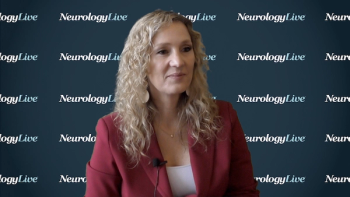
The professor of medicine, neurology, at the University of Toronto discussed the best ways for adult neurologists to ensure a smooth transition of care for patients with epilepsy entering their care.

The professor and senior physician in the department of clinical neuroscience at the Karolinska Institutet discussed the evolving understanding of the blood-brain barrier in MS, and what might still be left to uncover.

Mallinckrodt’s repository corticotropin injection was shown to have a lower cost per patient response compared to other late-line treatments for multiple sclerosis relapses, costing an estimated $148,528 less per response.
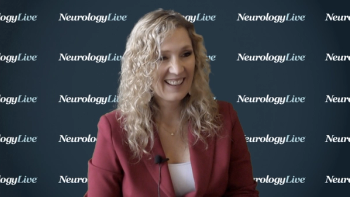
The professor of medicine, neurology, at the University of Toronto discussed the best ways for pediatric neurologists to ensure a smooth transition of care for patients with epilepsy who are leaving the pediatric system.

The GeNeuro agent showed marked reductions in brain atrophy in the thalamus and cerebral cortex through a long-term extension period treating patients with multiple sclerosis.
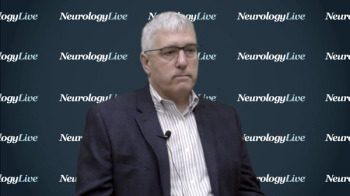
The director of the adult epilepsy center at Washington University in St. Louis discussed the takeaways for clinicians regarding the use of intranasal diazepam as a treatment for runs of seizures in patients with refractory epilepsy.

The professor and senior physician in the department of clinical neuroscience at the Karolinska Institutet spoke to the aspects of MS—such as brain volume loss—which are not currently being addressed by the available disease-modifying therapies.

According to new data from STRIVE, 75.4% of those treated with natalizumab achieved overall No Evidence of Disease Activity status by year 4, and no patients had incidence of progressive multifocal leukoencephalopathy.

After showing significant benefits in delayed disease progression in patients with secondary progressive MS, new data suggests siponimod can delay the time to wheelchair dependence by 4 years.

Nearly 87% of patients enrolled in the phase 3b CASTING study had no evidence of disease activity following treatment with ocrelizumab after having an inadequate response to prior DMTs.

The global head of neuroimmunology at Genentech spoke about the wealth of data being presented on its anti-CD20 monoclonal antibody ocrelizumab, as well as the success thus far in trials of its NMOSD agent, satralizumab.
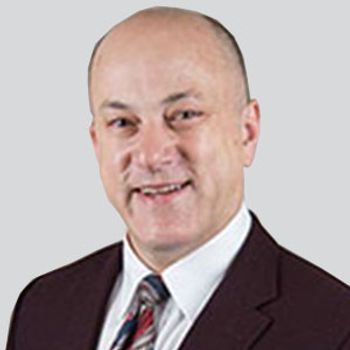
Study coauthor and professor of neurology and ophthalmology at the University of Colorado provides insight into phase 3 study results of satralizumab, presented at ECTRIMS 2019.
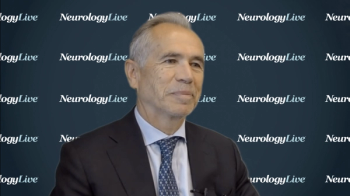
The professor of epidemiology and nutrition at Harvard TH Chan School of Public Health discussed what might be an optimal dose of vitamin D supplementation in MS, and how vitamin D deficiency should be addressed as a modifiable risk factor.

New phase 3 data from the OPTIMUM head-to-head trial show that 20-mg ponesimod resulted in a significantly lower annualized relapse rate in adults with multiple sclerosis compared to 14-mg teriflunomide at 108 weeks.

The humanized monoclonal antibody was particularly effective in patients who were seropositive for aquaporin-4 autoantibodies.
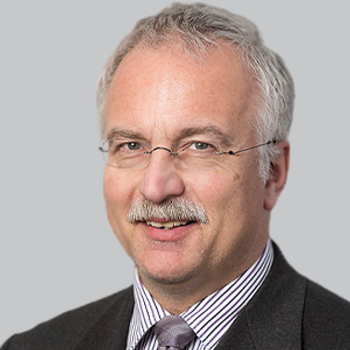
New decade-long data have suggested that multiple sclerosis treatment with dimethyl fumarate is associated with stable EDSS scores ≤3, and a low number of patients with confirmed disability progression.

The professor of medicine, neurology, at the University of Toronto discussed the need for physicians to work together while transitioning patients with epilepsy—who may have any number of comorbidities—from pediatric care to adult care.